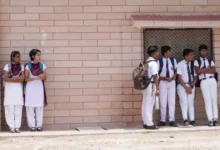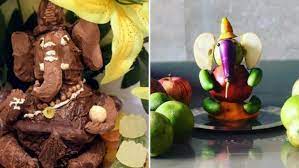Children’s epics: Was the Mahabharata a part of a cosmic conflict
For a very long time, the Ramayana and the Mahabharata have been two of the most read texts in India. Their ability to function as human tales whose events evoke nuanced and conflicting emotions is a big component of their attraction. These tales relate to the cosmic or superhuman size of things on another level.

The most significant characters in the Mahabharata sprang from heavenly origins. Sri Krishna, one of the members of Hinduism’s holy trinity, is said to be Vishnu’s eighth incarnation. Certain Hindu groups, such as the Gaudiya Vaishnavas, even go so far as to refer to Sri Krishna as the origin of Vishnu and all his incarnations. It was thought that Bhishma was the earthly incarnation of a Vasu who had been condemned to be born. Karna was the son of the Sun God, who bestowed upon him the impenetrable divine armor and earrings. Dharma’s son was Yudhishthira. He lived his whole life as a Dharma model and was put to several tests by his spiritual father. Vayu, the deity of the wind, was the father of Bhima Sena. He inherited the superhuman power and temperament of his god father. When the Pandavas were too exhausted to walk, Bhima would often carry his mother and brothers when they were out and about in the jungles. Being the son of the deity Indra, the monarch of the gods, he had a particular fondness for Arjuna. He was permitted to see and even take a seat on the throne of Indra Loka. Indra removed his competitor Karna’s heavenly armor and earrings, among other favors, and handed him divine weapons. The peaceful nature and good looks of their heavenly fathers, the Ashvins, were passed down to the twins, Nakula and Sahadeva.
The Kauravas were asura incarnations, if the Pandavas were deva incarnations. The most corrupt of the four yugas, Kaliyuga, was the incarnation of Duryodhana. It seems sense that he displayed every malevolent trait connected to Kaliyuga that is present in the world today. Since his early years, he had received backing for his bad deeds from his uncle Shakuni, who represented Dvapara, the second-to-last yuga. Hansa, a Gandharva, took on the form of Dhritarashtra. Rakshasas were the manifestations of Duryodhana’s hundred brothers.
The epics have elevated their basic struggle from minor disputes in a bygone era to an ongoing tug-of-war between the forces of good and evil by linking their mortal characters to the immortal super-human ones and by depicting their conflicts over kingdom and riches as part of a larger cosmic struggle. They have acquired an enduring charm as a result, captivating people for many generations and likely to do so for many more.






